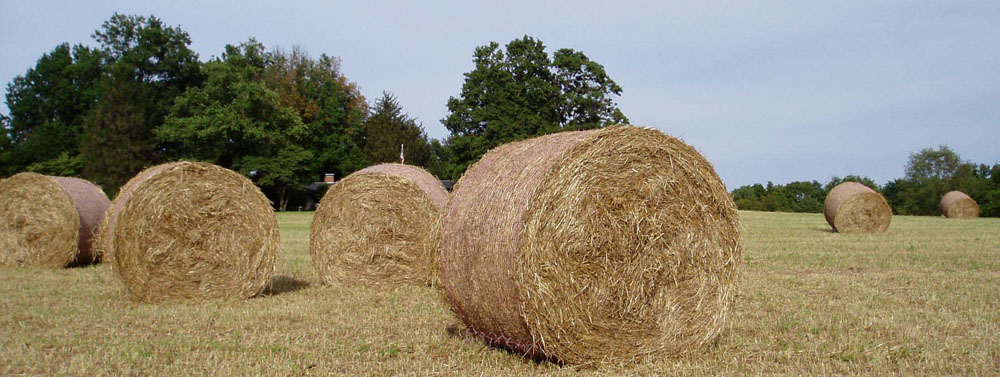US Counties Are Not Uniform In Size
Over the course of my career maps and mapping software have continued to evolve. Maps are compelling and visually informative. As this graphic interface has evolved, there are rules about what is proper and what is not.
Like so many data communication challenges, proper mapping rules may get overlooked by pure zeal to make a point. The United States has over 3,000 counties in its 50 states. They are not all the same size. This map, created 20 years ago, simply codes the map by county size. The smallest counties are the darkest with the largest counties having no shading at all.
- The most obvious visual is that the counties in the eastern third are the smallest (darkest shading) and the counties in the western third are the largest.
- Even more interesting is that the counties in Kentucky and Tennessee are the smallest, and as the surrounding counties radiate outward, they form rings of increasing size.
- The eastern US has approximately two thirds of the US population on approximately one third of the land area.
- The State of Wyoming has 23 counties, as does the state of Maryland (23 counties). But 84 percent of the land area of the State of Maryland will fit inside the largest county in Wyoming.
It is easy to find and use demographic and economic data on a county-level. But US counties are not created equally.. For any given state, especially in the east, the counties are fairly uniform in size within state boundaries. It changes when comparing people and resources from counties in one state, to counties in another state that may not be contiguous.
The National Renewable Energy Laboratory (NREL) has created biomass production maps that are in total tons per county and also in tons per square kilometer. It is the same data and the same nation of counties, but two very different biomass resource stories.
15 years ago, a large publisher posted a story on available biomass by county but did not standardize by county size. Knowing historical evolution of solid fuel biomass was in the nation at that time, the published maps provided a story that didn’t align with what I knew. US Counties are not the same size.
County land area, especially with the data is dependent on area size – like dry biomass production – is a critical measure to which attention should be paid.



Comments
US Counties Are Not Uniform In Size — No Comments
HTML tags allowed in your comment: <a href="" title=""> <abbr title=""> <acronym title=""> <b> <blockquote cite=""> <cite> <code> <del datetime=""> <em> <i> <q cite=""> <s> <strike> <strong>